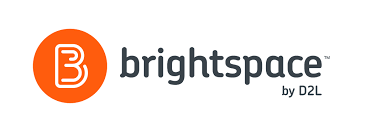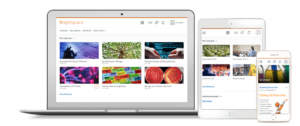On Tuesday December 19, 2017, you are going to see a new look and a new name for D2L.
In line with other institutio

ns, we will now be referring to our learning management system (LMS) as
Brightspace by D2L. This switch makes sense as D2L is the name of the company based in Kitchener, Ontario, while their LMS is named Brightspace.
In December, along with the name-change, you will notice a new look and feel with a clean and modern layout. New fonts, icons, colours and a simpler navigation design mean that courses will adapt to different screen sizes and look equally good on different devices. This is known as ‘responsive design’ and it will make the user experience more engaging for our students as they will easily be able to access Brightspace from a desktop, laptop, tablet or phone.
Some of the key visual changes include:
– A simplified navigation design that looks equally good on screens of any size;
– A consistent, cleaner and more modern design using new fonts, icons and colours;
– A new ‘My Courses’ widget featuring rich photography in a responsive tile-based layout;
– A new image library with over 3000 images to choose from for your tiles.
Even though Brightspace will look different to you and your students after December 19, your workflows will remain the same. Tools such as Assignments, Quizzes, Discussion Forums will work the way you expect them to.
If you have any questions about the upcoming changes, please contact your EdTech team: edtech@langara.ca
 ns, we will now be referring to our learning management system (LMS) as Brightspace by D2L. This switch makes sense as D2L is the name of the company based in Kitchener, Ontario, while their LMS is named Brightspace.
ns, we will now be referring to our learning management system (LMS) as Brightspace by D2L. This switch makes sense as D2L is the name of the company based in Kitchener, Ontario, while their LMS is named Brightspace. ns, we will now be referring to our learning management system (LMS) as Brightspace by D2L. This switch makes sense as D2L is the name of the company based in Kitchener, Ontario, while their LMS is named Brightspace.
ns, we will now be referring to our learning management system (LMS) as Brightspace by D2L. This switch makes sense as D2L is the name of the company based in Kitchener, Ontario, while their LMS is named Brightspace.




